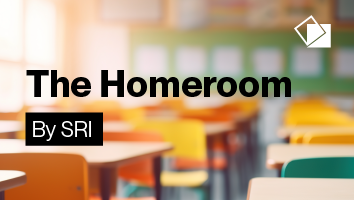Citation
Liu, Y., Shriberg, E., Stolcke, A., Hillard, D., Ostendorf, M., & Harper, M. (2006). Enriching speech recognition with automatic detection of sentence boundaries and disfluencies. IEEE Transactions on audio, speech, and language processing, 14(5), 1526-1540.
Abstract
Effective human and automatic processing of speech requires recovery of more than just the words, including phenomena such as sentence boundaries, filler words and disfluencies, which are referred to as structural metadata. This paper describes a metadata detection system that combines information from different types of textual knowledge sources with information from a prosodic classifier. We investigate maximum entropy and conditional random field models, in addition to the predominant HMM approach, and find that discriminative models generally provide benefit over generative models. We report system performance on both broadcast news and conversational telephone speech tasks, illustrating significant performance differences across tasks and as a function of recognizer performance. The results represent the state of the art, as assessed in the NIST RT-04F evaluation.
Index Terms— Rich transcription, metadata extraction, prosody, maximum entropy, conditional random field, sentence boundary, disfluency, punctuation, confusion network


